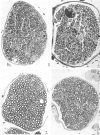Abstract
Retrograde growth of myelinated fibre sprouts following section of mouse sural nerves has been investigated. The results indicate that many sprouts grow relatively long distances proximally along the nerve trunk. The largest number of such sprouts was observed at 10 weeks after nerve section, with a decrease by 9 months. It has been shown that the retrogradely growing sprouts arise within the neuroma and not more proximally on the nerve.
Full text
PDF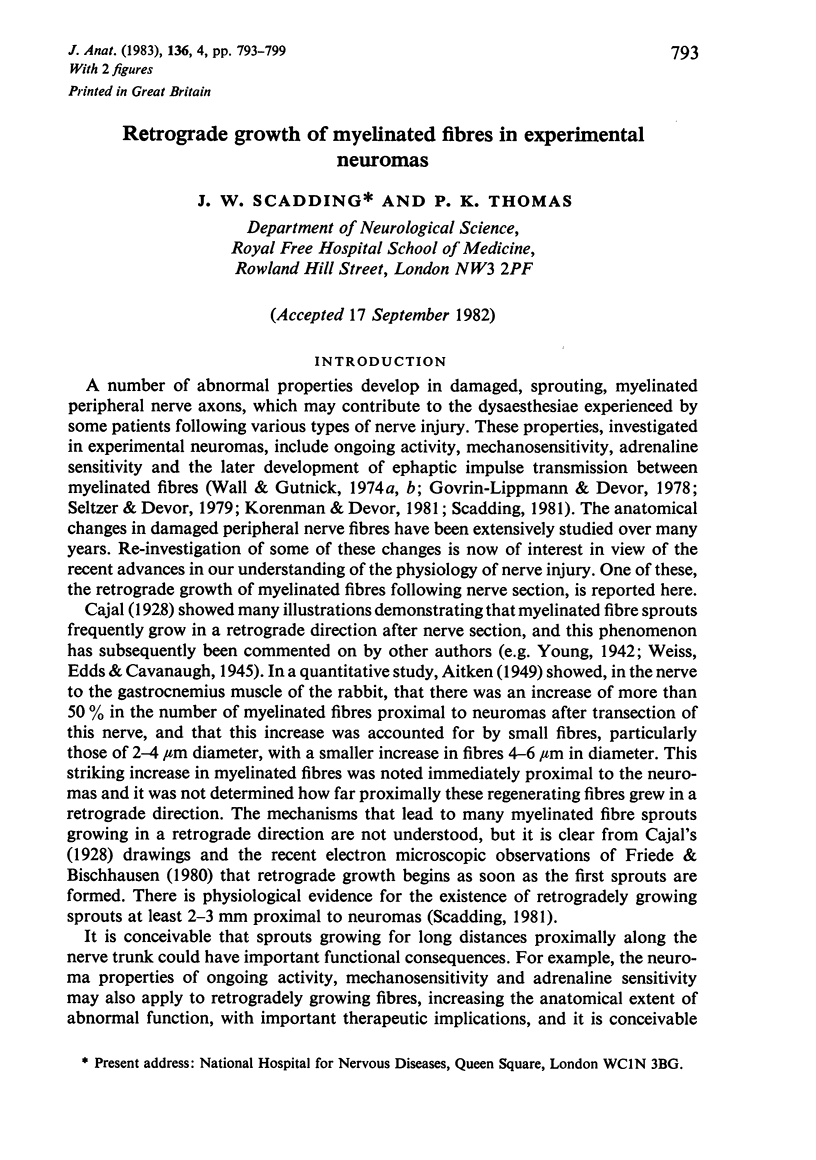
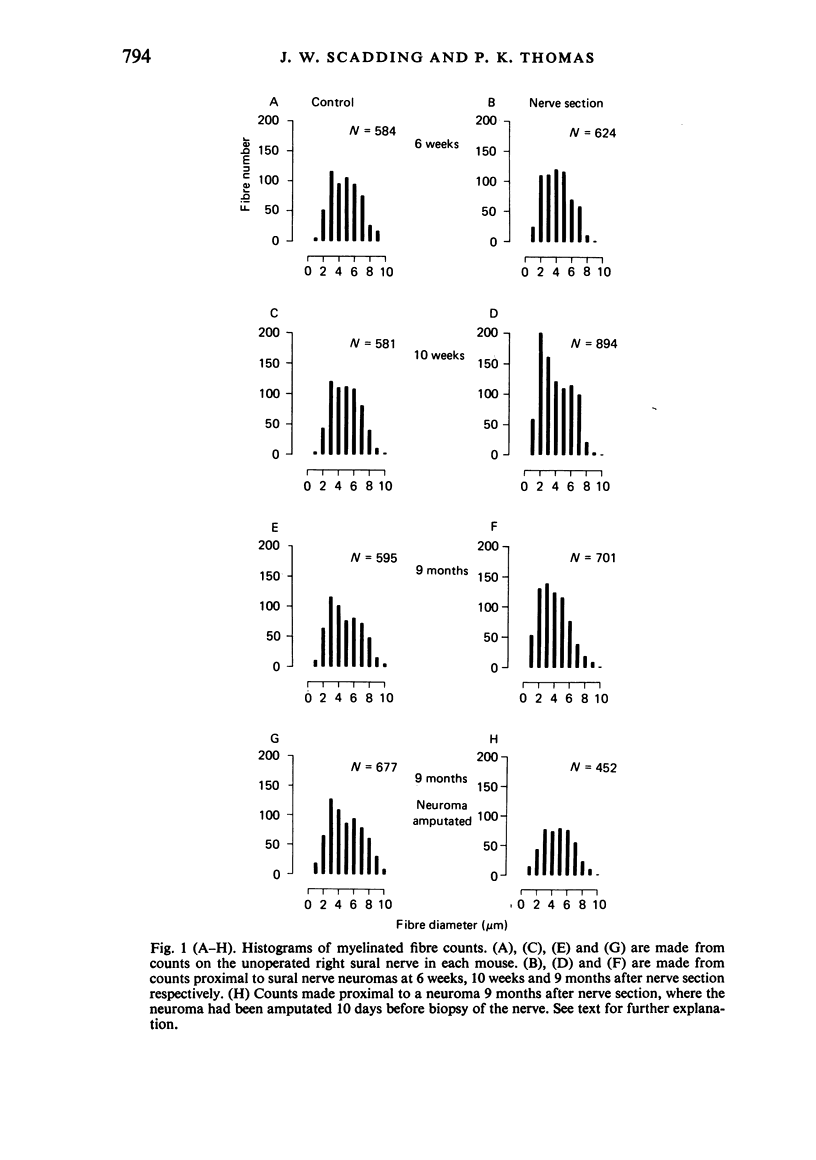
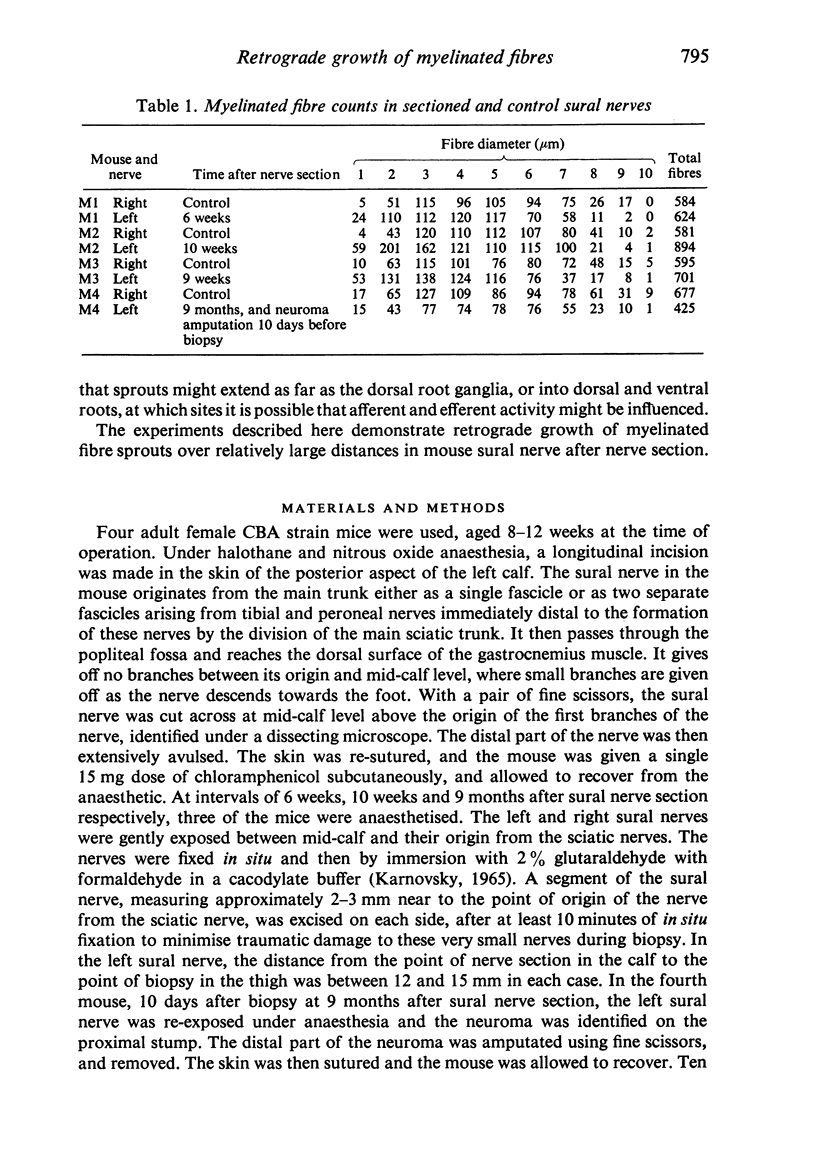
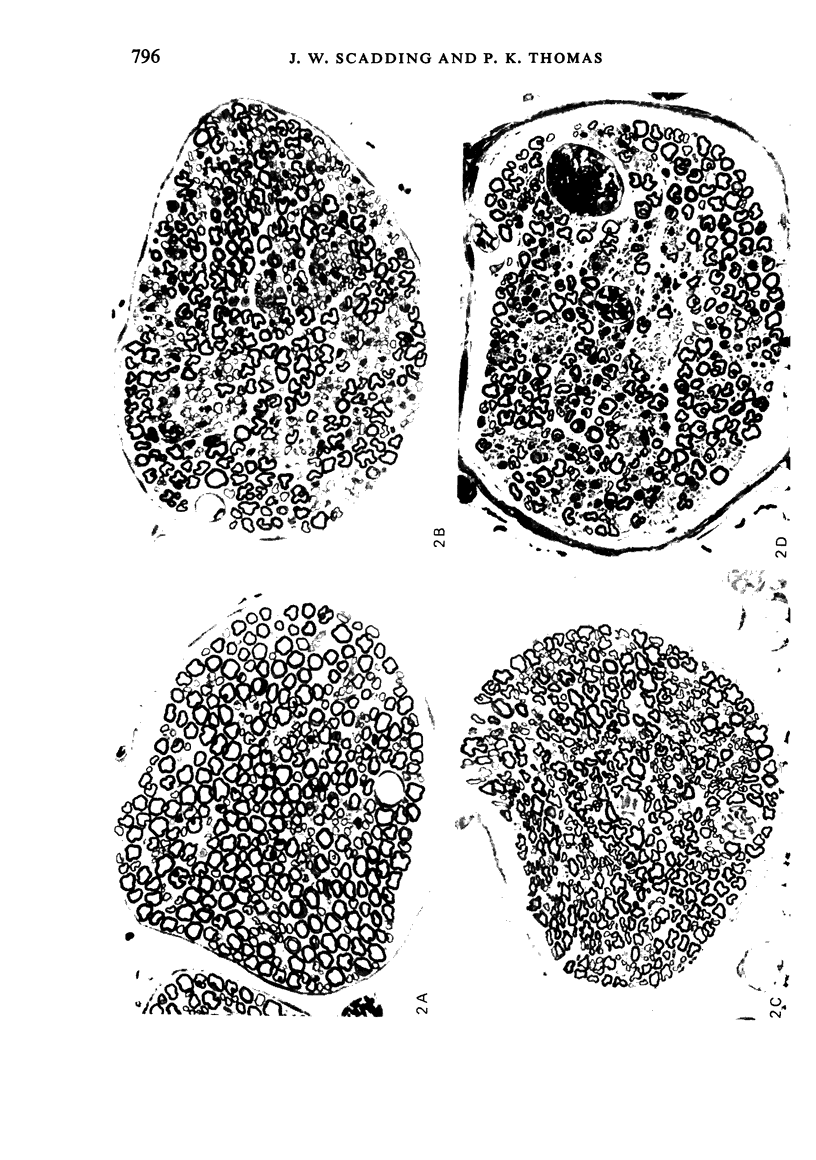
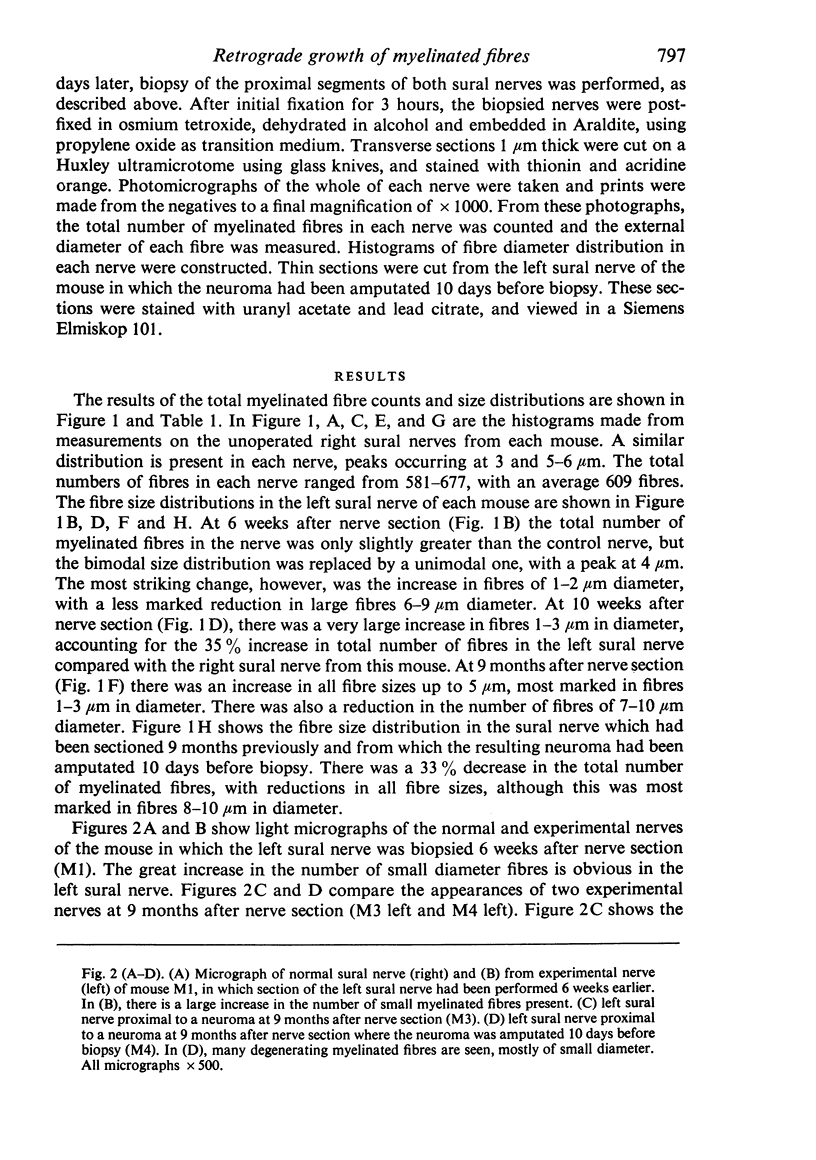
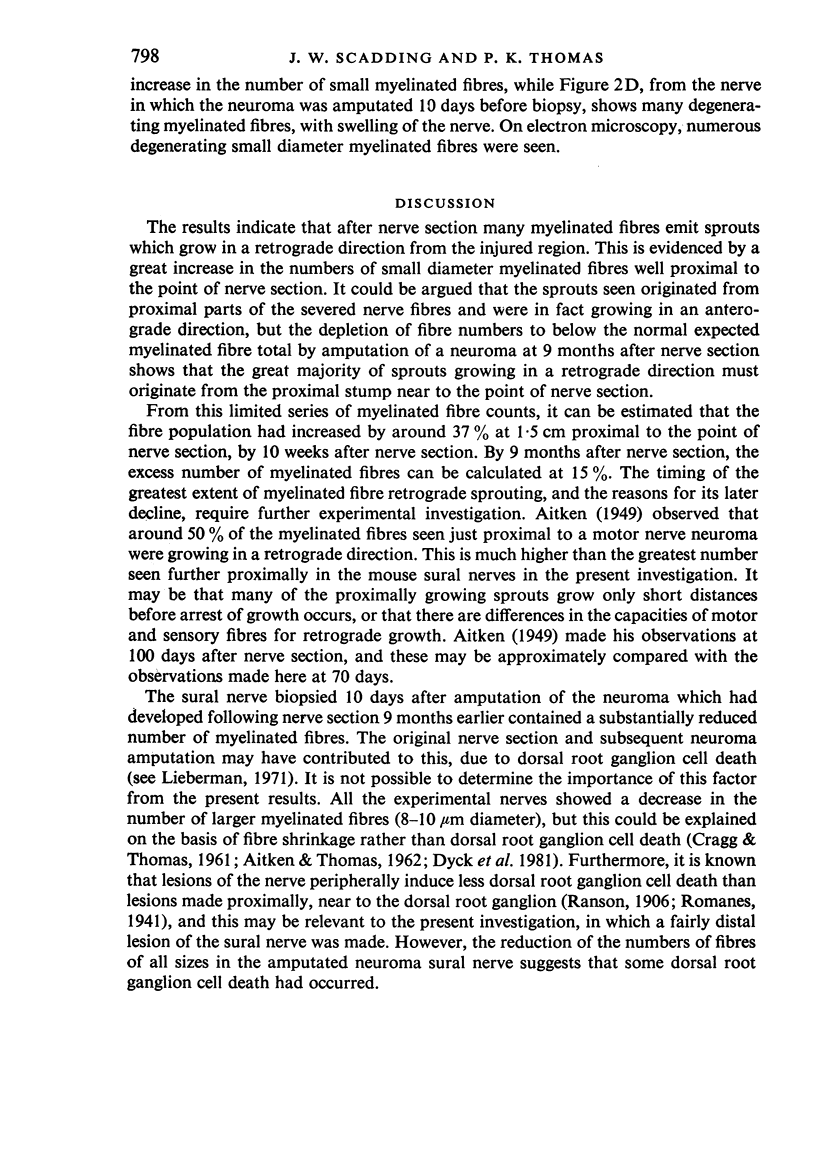
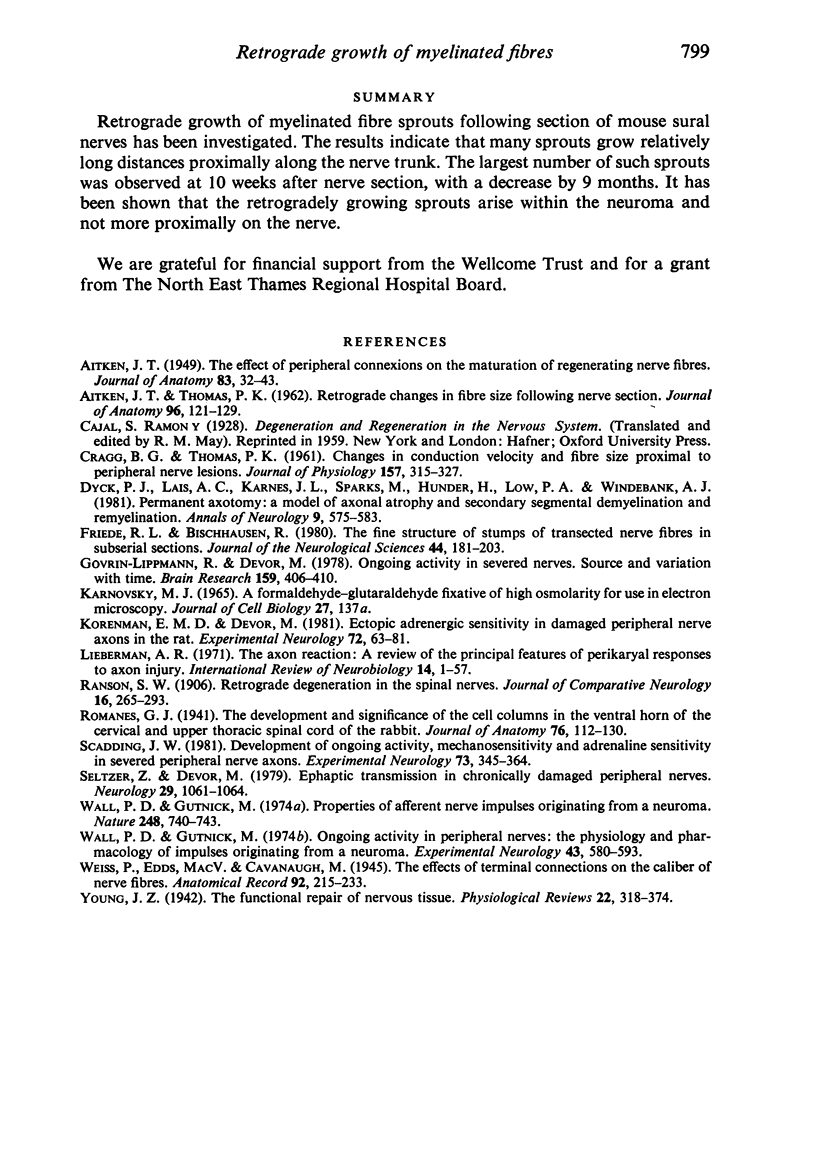
Images in this article
Selected References
These references are in PubMed. This may not be the complete list of references from this article.
- AITKEN J. T., THOMAS P. K. Retrograde changes in fibre size following nerve section. J Anat. 1962 Jan;96:121–129. [PMC free article] [PubMed] [Google Scholar]
- Aitken J. T. The effect of peripheral connexions on the maturation of regenerating nerve fibres. J Anat. 1949 Jan;83(Pt 1):32–43. [PMC free article] [PubMed] [Google Scholar]
- CRAGG B. G., THOMAS P. K. Changes in conduction velocity and fibre size proximal to peripheral nerve lesions. J Physiol. 1961 Jul;157:315–327. doi: 10.1113/jphysiol.1961.sp006724. [DOI] [PMC free article] [PubMed] [Google Scholar]
- Dyck P. J., Lais A. C., Karnes J. L., Sparks M., Hunder H., Low P. A., Windebank A. J. Permanent axotomy, a model of axonal atrophy and secondary segmental demyelination and remyelination. Ann Neurol. 1981 Jun;9(6):575–583. doi: 10.1002/ana.410090611. [DOI] [PubMed] [Google Scholar]
- Friede R. L., Bischhausen R. The fine structure of stumps of transected nerve fibers in subserial sections. J Neurol Sci. 1980 Jan;44(2-3):181–203. doi: 10.1016/0022-510x(80)90126-4. [DOI] [PubMed] [Google Scholar]
- Govrin-Lippmann R., Devor M. Ongoing activity in severed nerves: source and variation with time. Brain Res. 1978 Dec 29;159(2):406–410. doi: 10.1016/0006-8993(78)90548-6. [DOI] [PubMed] [Google Scholar]
- Korenman E. M., Devor M. Ectopic adrenergic sensitivity in damaged peripheral nerve axons in the rat. Exp Neurol. 1981 Apr;72(1):63–81. doi: 10.1016/0014-4886(81)90127-8. [DOI] [PubMed] [Google Scholar]
- Phillis J. W. The pharmacology of thalamic and geniculate neurons. Int Rev Neurobiol. 1971;14:1–48. doi: 10.1016/s0074-7742(08)60182-8. [DOI] [PubMed] [Google Scholar]
- Romanes G. J. The development and significance of the cell columns in the ventral horn of the cervical and upper thoracic spinal cord of the rabbit. J Anat. 1941 Oct;76(Pt 1):112–130.5. [PMC free article] [PubMed] [Google Scholar]
- Scadding J. W. Development of ongoing activity, mechanosensitivity, and adrenaline sensitivity in severed peripheral nerve axons. Exp Neurol. 1981 Aug;73(2):345–364. doi: 10.1016/0014-4886(81)90271-5. [DOI] [PubMed] [Google Scholar]
- Seltzer Z., Devor M. Ephaptic transmission in chronically damaged peripheral nerves. Neurology. 1979 Jul;29(7):1061–1064. doi: 10.1212/wnl.29.7.1061. [DOI] [PubMed] [Google Scholar]
- Wall P. D., Gutnick M. Ongoing activity in peripheral nerves: the physiology and pharmacology of impulses originating from a neuroma. Exp Neurol. 1974 Jun;43(3):580–593. doi: 10.1016/0014-4886(74)90197-6. [DOI] [PubMed] [Google Scholar]
- Wall P. D., Gutnick M. Properties of afferent nerve impulses originating from a neuroma. Nature. 1974 Apr 26;248(5451):740–743. doi: 10.1038/248740a0. [DOI] [PubMed] [Google Scholar]



